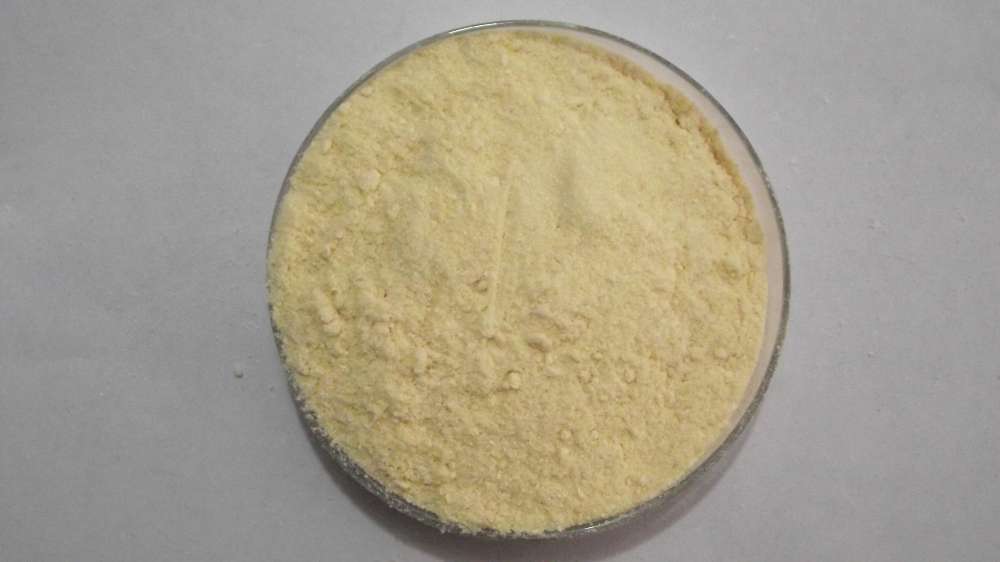Indole, also known as “azaindene”. The Molecular formula is C8H7N. Molecular weight 117.15. It is found in dung, Coal tar, jasmine oil and orange blossom oil. Colorless lobular or plate-shaped crystals. There is a strong fecal odor, and the pure product has a fresh floral aroma after dilution. Melting point 52 ℃. Boiling point 253-254 ℃. Soluble in hot water, benzene, and petroleum, easily soluble in ethanol, ether, and methanol. It can evaporate with water vapor, turn red when exposed to air or light, and resin. It is weakly acidic and forms salts with alkali metals, while resinifying or polymerizing with acids. Highly diluted solution of Chemicalbook has jasmine fragrance and can be used as spice. Pyrrole is a compound in parallel with benzene. Also known as benzopyrrole. There are two modes of combination, namely indole and Isoindole. Indole and its homologues and derivatives are widely found in nature, mainly in natural flower oils, such as Jasminum sambac, bitter orange flower, narcissus, vanilla, etc. Tryptophan, a Essential amino acid of animals, is a derivative of indole; Some naturally occurring substances with strong physiological activity, such as alkaloids and plant growth factors, are derivatives of indole. Feces contain 3-methylindole.
Chemical property
A white to yellow shiny flake like crystal that becomes dark when exposed to air and light. At high concentrations, there is a strong unpleasant odor, which, when highly diluted (concentration<0.1%), produces an orange and jasmine like floral aroma. Melting point 52~53 ℃, boiling point 253~254 ℃. Soluble in ethanol, ether, hot water, propylene glycol, Petroleum ether and most non-volatile oils, insoluble in glycerin and mineral oil. Natural products are widely contained in bitter orange flower oil, sweet orange oil, lemon oil, white lemon oil, citrus oil, pomelo peel oil, jasmine oil and other essential oils.
Usage 1
GB2760-96 stipulates that it is allowed to use edible spices. It is mainly used to make essence such as cheese, citrus, coffee, nuts, grapes, strawberries, raspberries, chocolate, assorted fruits, jasmine and lily.
Usage 2
It is used as a reagent for the determination of nitrite, as well as in the manufacture of spices and medicines
Usage 3
It is a raw material for spices, medicine, and plant growth hormone drugs
Usage 4
Indole is an intermediate of plant growth regulators indole acetic acid and indole butyric acid.
Usage 5
It can be widely used in jasmine, Syringa oblata, neroli, gardenia, honeysuckle, lotus, narcissus, ylang ylang, grass orchid, white orchid and other floral essence. It is also commonly used with methyl indole to prepare artificial civet fragrance, which can be used in chocolate, raspberry, strawberry, bitter orange, coffee, nut, cheese, grape, fruit flavor compound and other essence.
Usage 6
Indole is mainly used as a raw material for spices, dyes, amino acids, and pesticides. Indole is also a kind of spice, which is often used in daily essence formulations such as jasmine, Syringa oblata, lotus and orchid, and the dosage is usually a few thousandths.
Usage 7
Determine gold, potassium and nitrite, and manufacture jasmine flavor. The pharmaceutical industry.
Post time: Jul-11-2023
